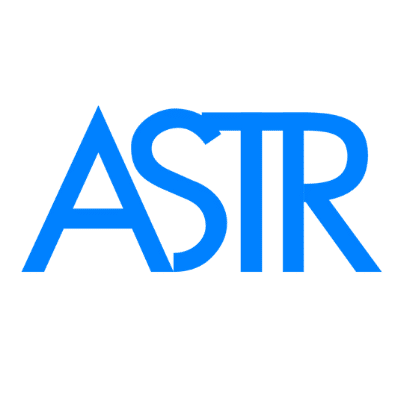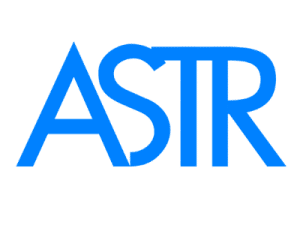What Is Scar Tissue? Causes, Symptoms, and Natural Release Methods
What Is Scar Tissue? Causes, Symptoms, and Natural Release Methods
Search terms: scar tissue explanation, what causes scar tissue, natural scar tissue treatment
🧬 What Is Scar Tissue?
Scar tissue forms as the body’s natural response to injury, surgery, or inflammation. It’s made of the same collagen as healthy tissue, but the fibers are laid down in a dense, disorganized pattern—which can limit flexibility, impair circulation, and cause pain over time.
Unlike normal tissue, scar tissue is stiffer, less elastic, and prone to forming adhesions, where it binds to muscles, fascia, nerves, or organs.
🔍 What Causes Scar Tissue?
Scar tissue can form from:
-
Surgeries (C-sections, joint replacements, abdominal procedures)
-
Injuries (sprains, strains, muscle tears)
-
Inflammation or repetitive stress
-
Infections or trauma
-
Poor healing or overuse after injury
While scar tissue is essential for healing, excessive buildup can disrupt movement, cause pain, and compress nearby tissues.
⚠️ Common Symptoms of Problematic Scar Tissue
-
Stiffness or restricted range of motion
-
Persistent pain, tingling, or numbness
-
Burning or pulling sensations
-
Visible thickening or rope-like tissue
-
Pain that doesn’t resolve after typical healing time
-
Recurring injuries in the same area
Scar tissue may not always be visible—but internal adhesions can silently interfere with muscles, fascia, and nerves, especially in the neck, shoulders, back, hips, and abdomen.
✅ Natural Ways to Break Down Scar Tissue
While surgery or injections may be offered for severe adhesions, natural scar tissue release methods are safer, non-invasive, and effective when done correctly. These include:
1. Rilascio miofasciale
Targets the fascia surrounding scar tissue to restore glide, reduce tension, and improve circulation.
2. Rilascio del punto di innesco
Loosens deep muscle knots that form around or within scar tissue.
3. Instrument-Assisted Soft Tissue Mobilization (IASTM)
Uses tools to gently break up scar tissue adhesions and promote realignment of collagen fibers.
🔧 Why Tools Make a Big Difference
While hands-on therapy helps, tool-assisted release like ASTR therapy reaches deeper layers with more precision and less trauma.
Dr. Joseph Jacobs, DPT, developed the ASTR method after overcoming chronic pain himself. His patented tools are specially designed to:
-
Glide gently over scar tissue
-
Break down adhesions without bruising
-
Reduce pain and inflammation faster
-
Be safe and easy for home use
🔗 Explore the ASTR Tool Set for Scar Tissue Relief
📘 Learn from a Pain Expert
Dr. Jacobs shares his journey—and the science behind scar tissue healing—in his book
Pain No More: 7 Proven Secrets to End Chronic Pain, a must-read for anyone struggling with unresolved pain.
🔬 What the Science Says
-
Langevin et al. (2006): Scar tissue can alter biomechanics and contribute to chronic inflammation
-
Cheatham et al. (2016): Instrument-assisted therapy improves soft tissue mobility and reduces pain
-
Jacobs et al. (2018, 2023): ASTR tool therapy showed consistent improvement in pain, range of motion, and tissue flexibility
🟢 Final Thoughts
Scar tissue can silently limit your mobility, cause pain, and reduce quality of life—long after an injury appears to heal. But with the right approach, you can naturally release adhesions, restore movement, and heal at the root.

